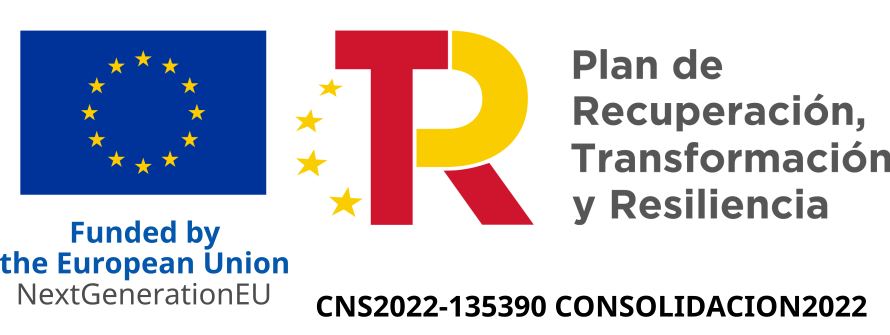Are you looking for information about a lecture or an event? Here you can find all the past activities as well as specific information about a visitor or event.
Are you looking for information about a lecture or an event? Here you can find all the past activities as well as specific information about a visitor or event.
This activity is supported by the research projects EUR2024.153556, PID2023-150727NB-I00, , PID2023-151060NB-I00, PID2022-142559NB-I00, CNS2022-135390 CONSOLIDACION2022, PID2020-118137GB-I00, PID2020-117868GB-I00, PID2020-116126GB-I00.

